Search Results for: Vertebrates
Skip to resultsCan’t find what you’re looking for? Visit our FAQ page.
1,539 results for: Vertebrates
-
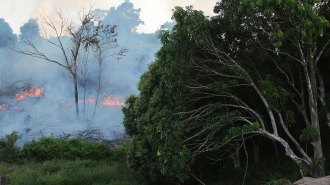 Life
LifeFires may have affected up to 85 percent of threatened Amazon species
Since 2001, fires in the Amazon have impacted up to about 190,000 square kilometers — roughly the size of Washington state.
By Jake Buehler -
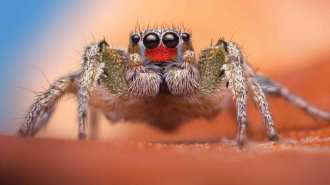 Animals
AnimalsJumping spiders’ remarkable senses capture a world beyond our perception
Clever experiments and new technology are taking scientists deep into the lives of jumping spiders, and opening a portal to their experience of the world.
By Betsy Mason -
 Paleontology
PaleontologyPterosaurs may have been able to fly as soon as they hatched
A fossil analysis shows the flying reptile hatchlings had a stronger bone crucial for lift-off that adults and shorter, broader wings for agility.
-
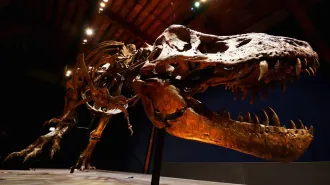 Paleontology
PaleontologyT. rex’s incredible biting force came from its stiff lower jaw
T. rex could generate incredibly strong bite forces thanks to a boomerang-shaped bone that stiffened the lower jaw, a new analysis suggests.
By Sid Perkins -
 Life
LifeYawning helps lions synchronize their groups’ movements
A lion yawn is contagious, and when lions start yawning together, they start moving together. Synchronization may be key for group hunters like lions.
By Jake Buehler -
 Ecosystems
EcosystemsWild donkeys and horses engineer water holes that help other species
Dozens of animals and even some plants in the American Southwest take advantage of water-filled holes dug by these nonnative equids.
-
 Humans
HumansNeandertal DNA from cave mud shows two waves of migration across Eurasia
Genetic material left behind in sediments reveals new details about how ancient humans once spread across the continent.
-

-
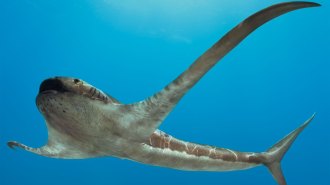 Paleontology
PaleontologyAn ancient shark’s weird fins helped it glide like a manta ray
Nicknamed eagle shark, the newly discovered ancient creature achieved underwater flight 30 million years before the first rays.
-
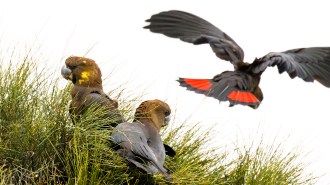 Animals
AnimalsA year after Australia’s wildfires, extinction threatens hundreds of species
As experts piece together a fuller picture of the scale of damage to wildlife, more than 500 species may need to be listed as endangered.
-
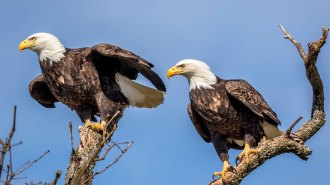 Animals
AnimalsA toxin behind mysterious eagle die-offs may have finally been found
A 20-year study of water weeds and cyanobacteria in the southern United States pinpoints a bird-killing toxin, and it's not your usual suspect.
By Susan Milius -
 Paleontology
PaleontologyClimate change helped some dinosaurs migrate to Greenland
A drop in CO2 levels helped massive plant eaters called sauropodomorphs trek from South America to Greenland 214 million years ago, says a new study.